History and Evolution of Table Tennis as a Competitive Sport
Table tennis, also known as ping pong, originated in the late 19th century as an indoor variation of tennis. It quickly gained popularity as a recreational activity, but it wasn't until the 1920s that it started to be recognized as a competitive sport. The International Table Tennis Federation (ITTF) was founded in 1926, marking the official establishment of table tennis as an international sport. Over the years, the sport has undergone significant changes, including modifications to equipment, scoring systems, and playing styles. Today, table tennis is played by millions of people worldwide and has become one of the most thrilling and dynamic sports to watch.
The early years of international table tennis were dominated by European players, particularly from Hungary, Czechoslovakia, and England. However, in the 1950s, China emerged as a dominant force in the sport. Chinese players revolutionized table tennis with their aggressive playing style and exceptional footwork. Their success inspired a new generation of players, both in China and around the world, to push the boundaries of the sport and strive for excellence. Today, China continues to dominate the international table tennis scene, with its players consistently winning top honors at major tournaments.
The evolution of table tennis as a competitive sport has also been influenced by advancements in technology. The introduction of new materials, such as carbon fiber and high-density sponge, has allowed players to generate more spin and speed on their shots. This has led to a more dynamic and exciting style of play, with players executing lightning-fast rallies and mind-boggling shots. As the sport continues to evolve, it will be intriguing to see how technology shapes the future of table tennis and pushes the boundaries of human performance.
Major International Table Tennis Tournaments and Championships
International table tennis competitions offer a platform for players from around the world to showcase their skills and compete against the best in the sport. These tournaments attract top players, passionate fans, and media attention, making them a spectacle to behold. Here are some of the most prestigious international table tennis tournaments and championships:
1. Olympic Games: The Olympic Games are the pinnacle of sporting achievement, and table tennis has been a part of the program since 1988. The tournament features both team and individual events, with players representing their respective countries. The Olympic table tennis competition is known for its high intensity and fierce rivalries, often producing unforgettable moments and upsets.
2. World Table Tennis Championships: Organized by the ITTF, the World Championships are held every two years and attract players from all over the globe. The tournament features both team and individual events, with players competing for the coveted title of world champion. The World Championships have a rich history and have witnessed some of the most memorable matches in table tennis.
3. ITTF World Tour: The ITTF World Tour is a series of international tournaments held throughout the year. The tour consists of several events, ranging from the prestigious Grand Finals to the lower-tier Challenge Series. These tournaments provide players with valuable ranking points and offer a chance to compete against top-ranked opponents.
4. European Championships: As the name suggests, the European Championships bring together the best table tennis players from Europe. The tournament is held every two years and features both team and individual events. European players have traditionally been strong contenders in international table tennis, and the European Championships serve as a platform for them to showcase their skills and compete against their peers.
These are just a few examples of the major international table tennis tournaments and championships. Each tournament has its own unique atmosphere and brings together players from diverse backgrounds, creating a melting pot of talent and passion. The intense competition, coupled with the electric atmosphere, makes these events a must-watch for any table tennis enthusiast.
The Rules and Regulations of International Table Tennis Competitions
Table tennis may appear deceptively simple, but it is governed by a set of rules and regulations that ensure fair play and consistency across all levels of competition. Familiarizing yourself with these rules is essential for both players and spectators. Here are some of the key rules and regulations of international table tennis competitions:
1. Table and Equipment: The table tennis table must be rectangular, measuring 2.74 meters long and 1.525 meters wide. The surface should have a low-friction coating to facilitate the ball's bounce. The net is placed at the center of the table, dividing it into two equal halves. Players use paddles, also known as rackets, to hit the ball. The ball itself is made of celluloid or plastic and must have a diameter of 40mm.
2. Serving: The serve is an important aspect of table tennis, and it must follow specific rules. The server must toss the ball vertically at least 16cm and strike it so that it touches their side of the table first, then clears the net and lands on the opponent's side. The serve must be diagonal, starting from the right half of the server's court and landing on the right half of the receiver's court.
3. Scoring: Table tennis matches are played in a best-of-five or best-of-seven format, with players or teams scoring points based on the number of rallies won. Each rally begins with a serve and ends when a player fails to make a legal return. A point is awarded to the player who wins the rally, and the first player or team to reach 11 points (or 21 points in some competitions) with a two-point lead wins the game.
4. Playing Style: Table tennis offers players the freedom to adopt various playing styles, depending on their strengths and preferences. The most common styles include offensive, defensive, and all-round. Offensive players focus on aggressive attacking shots, while defensive players prioritize ball placement and rely on counter-attacking techniques. All-round players have a balanced approach, combining both offensive and defensive strategies.
These are just a few examples of the rules and regulations that govern international table tennis competitions. It is important to note that different tournaments may have slight variations in rules, so it is crucial for players to familiarize themselves with the specific regulations of each event. By adhering to the rules, players ensure fair play and create an environment that allows their skills to shine.
Notable Players and Their Achievements in International Table Tennis
International table tennis has produced a plethora of talented players who have left an indelible mark on the sport. These players have achieved remarkable feats, shattered records, and inspired generations of table tennis enthusiasts. Here are some notable players and their achievements in international table tennis:
1. Ma Long (China): Known as the "Dragon," Ma Long is widely regarded as one of the greatest table tennis players of all time. He has won multiple Olympic gold medals, World Championships, and World Cup titles. Ma Long's aggressive playing style and exceptional footwork have made him a force to be reckoned with on the table.
2. Zhang Jike (China): Zhang Jike is another Chinese player who has left a lasting impact on international table tennis. He is known for his powerful forehand loops and explosive footwork. Zhang Jike achieved the remarkable feat of winning the Olympic gold medal, World Championships, and World Cup in the same year, earning him the title of "Grand Slam" champion.
3. Jan-Ove Waldner (Sweden): Jan-Ove Waldner, also known as the "Mozart of Table Tennis," is considered one of the most skillful and stylish players in the history of the sport. He won the Olympic gold medal in 1992, becoming the first non-Chinese player to achieve this feat in over 30 years. Waldner's exceptional touch and ability to read the game set him apart from his contemporaries.
4. Ding Ning (China): Ding Ning is a dominant force in women's table tennis. She has won multiple Olympic medals, World Championships, and World Cup titles. Ding Ning's aggressive playing style, combined with her mental strength and determination, has made her one of the top players in the women's game.
These players are just a few examples of the exceptional talent that exists in international table tennis. Their achievements have elevated the sport to new heights and continue to inspire future generations of players.
The Impact of International Table Tennis Competitions on the Sport's Popularity
International table tennis competitions have played a significant role in popularizing the sport and attracting a global audience. These tournaments provide a platform for players to showcase their skills and compete against the best in the world, captivating fans with their athleticism and passion. Here are some ways in which international table tennis competitions have impacted the sport's popularity:
1. Global Exposure: International table tennis competitions bring together players from diverse backgrounds, showcasing the sport's global appeal. Fans get to witness the unique playing styles and strategies employed by players from different countries, adding an element of excitement and intrigue. The exposure gained through these tournaments has helped increase the sport's popularity worldwide.
2. Inspiring the Next Generation: The success stories of top table tennis players have inspired countless young athletes to take up the sport. Aspiring players look up to their idols and strive to emulate their skills and achievements. International table tennis competitions serve as a source of motivation and aspiration for these young talents, fueling their passion for the sport and driving them to reach new heights.
3. Media Coverage and Sponsorship: Major international table tennis tournaments receive extensive media coverage, both in traditional and digital platforms. This exposure helps attract sponsors and advertisers, contributing to the growth and development of the sport. Increased sponsorship translates to better facilities, training opportunities, and financial support for players, further fueling their success and the sport's popularity.
4. Spectator Experience: International table tennis competitions offer a thrilling spectacle for spectators. The fast-paced rallies, acrobatic shots, and nail-biting moments keep audiences on the edge of their seats. The electrifying atmosphere in the arenas, coupled with the passionate support of fans, creates an unforgettable experience for both players and spectators.
The impact of international table tennis competitions on the sport's popularity cannot be overstated. These tournaments have helped transform table tennis into a mainstream sport, attracting fans from all walks of life and establishing it as a major player in the global sports landscape.
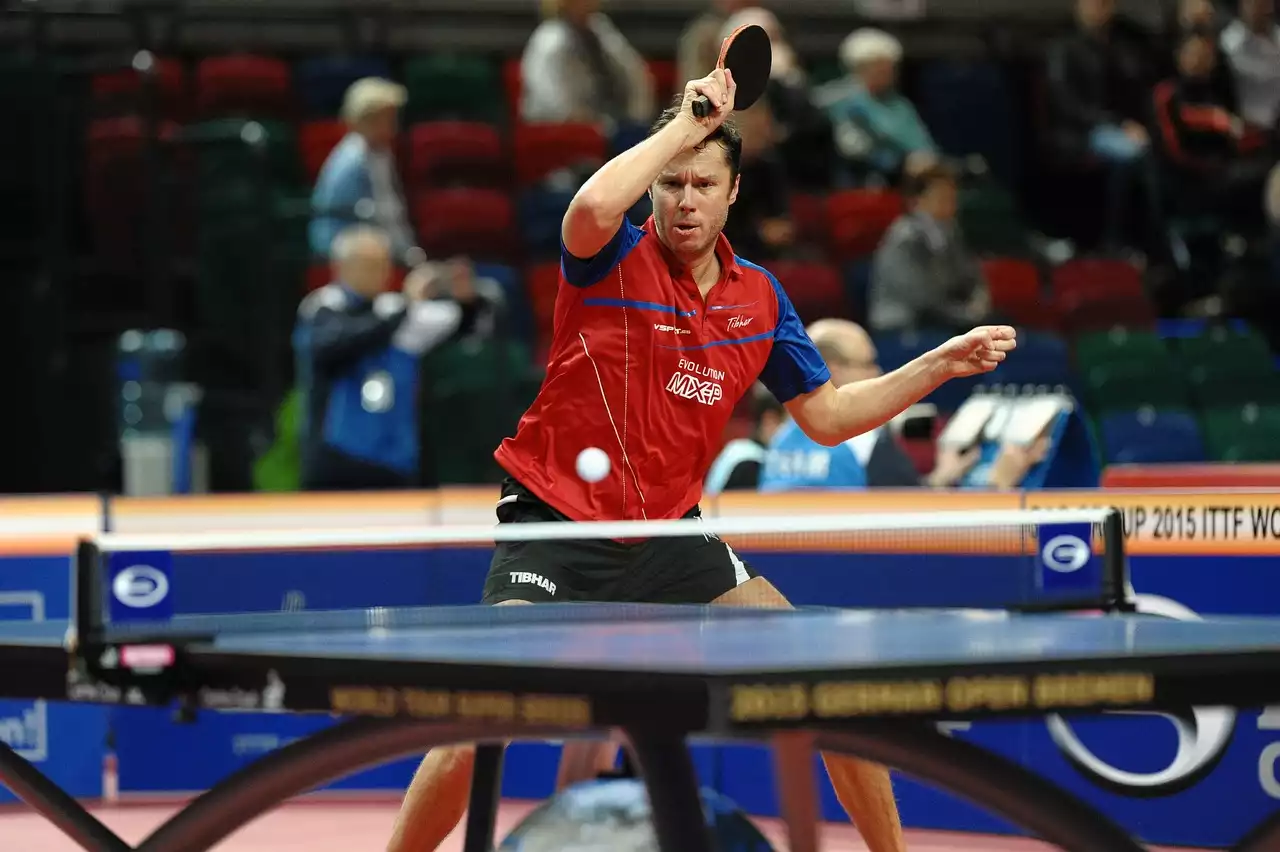
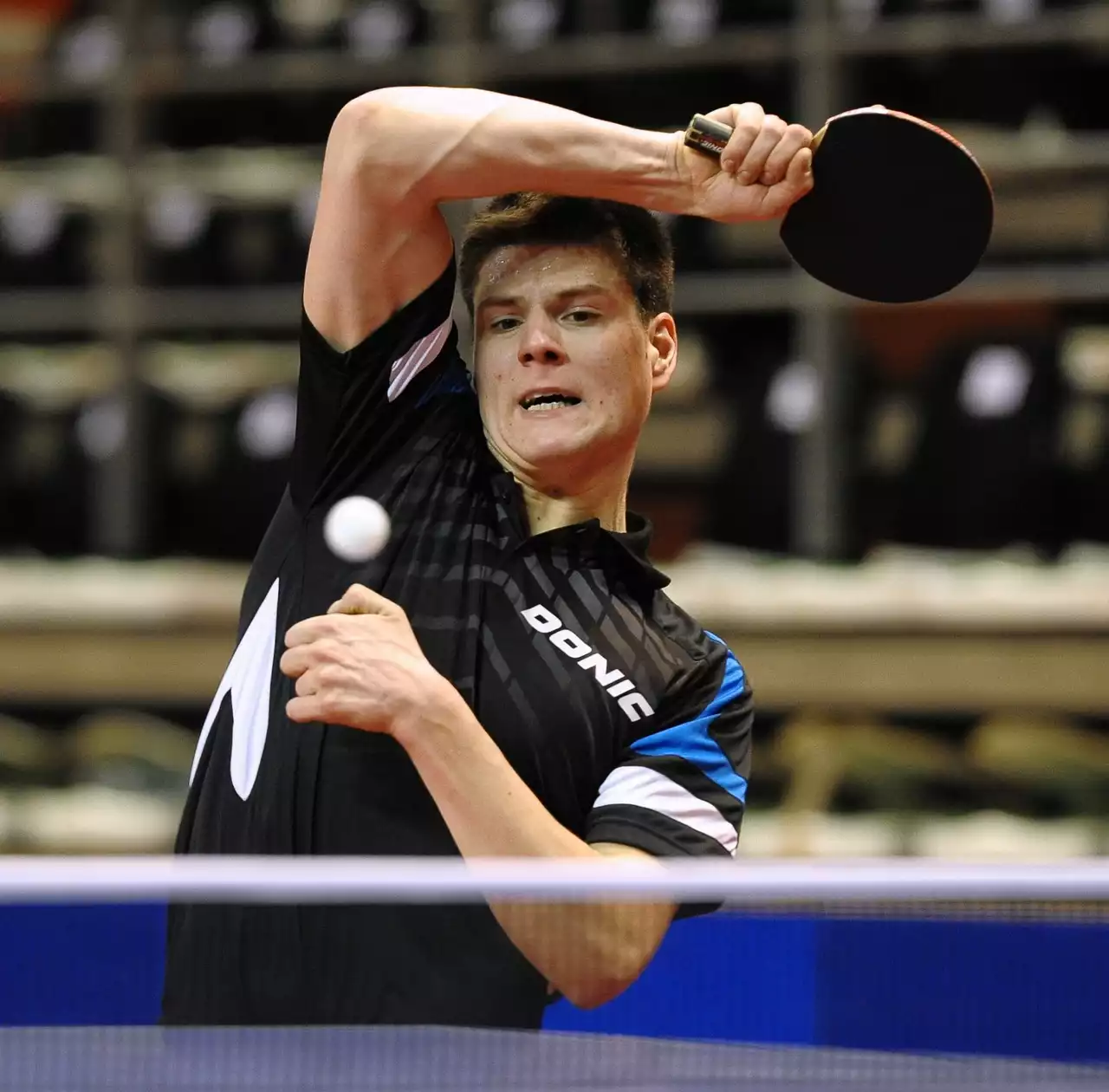
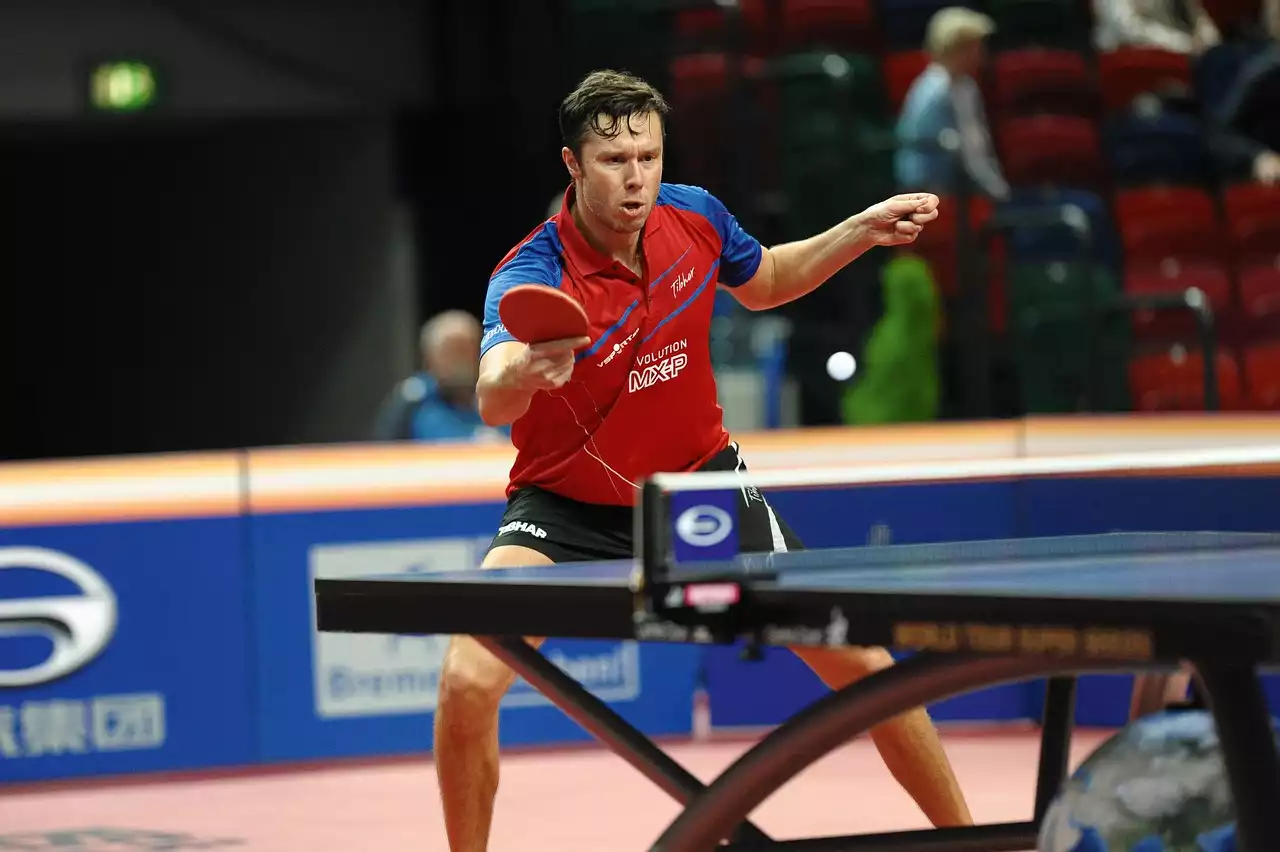
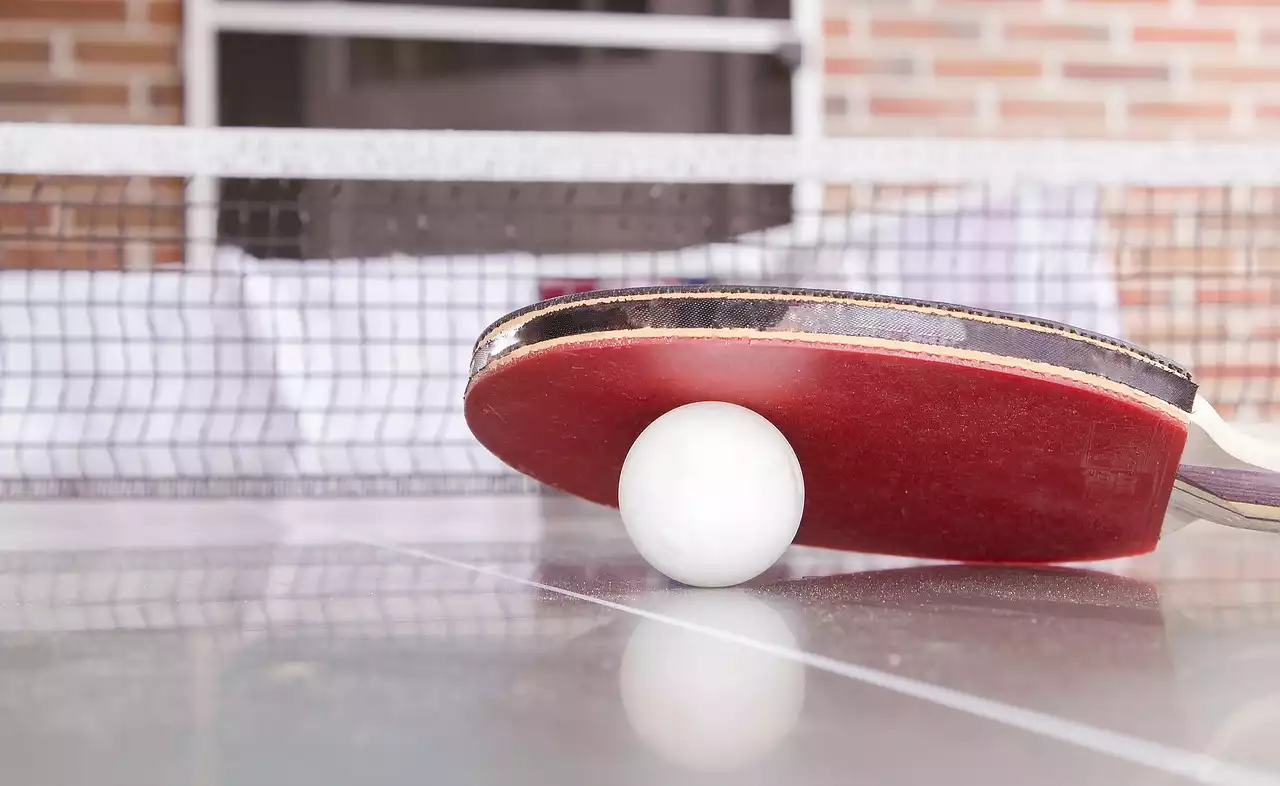
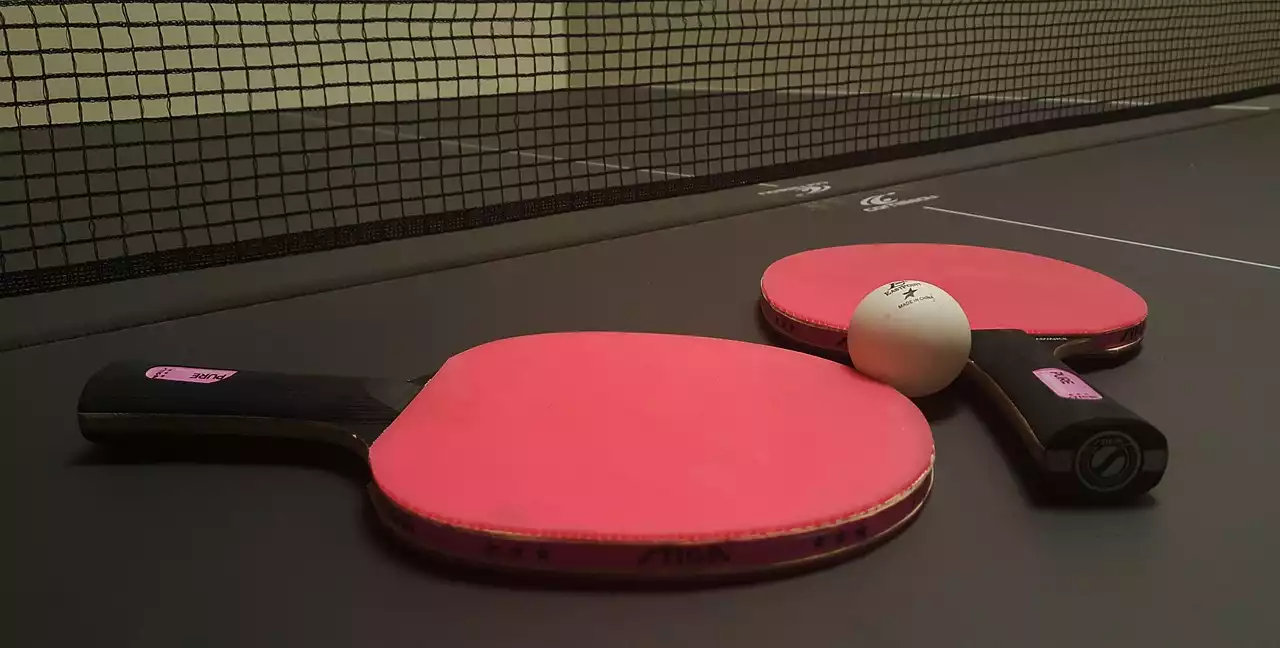



.png?size=50)

